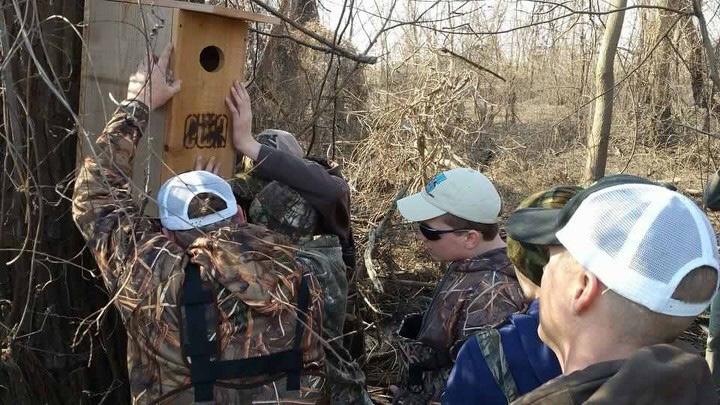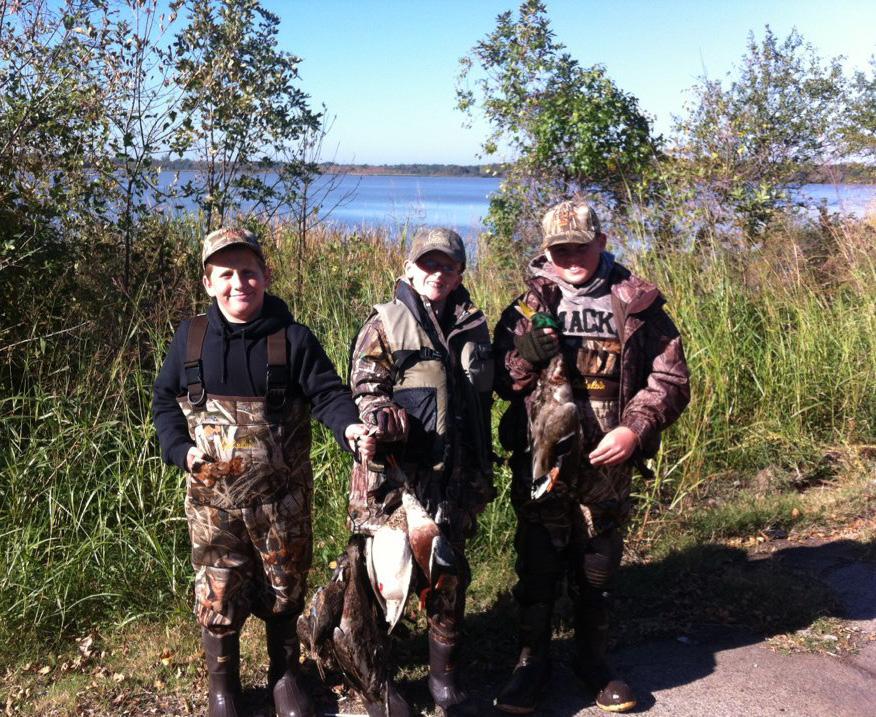
5 minute read
FIRST TIME OBEDIENCE
BY KEVIN ERDMIRE
Does your pet listen the first time?
Advertisement
Obedience is defined as compliance with an order or submission to another’s authority. It is an act of obeying instantly. Synonyms for obedience include compliance, conformity, and submission. The point of obedience training is for your pet to comply instantly or immediately. If your pet is running towards a highway, do you want them to turn around immediately and come back to you, or do want to yell at them several times before they comply? If you are having to repeat yourself, your pet could be injured. Just as you would want a child to listen to you when you are trying to keep them safe, you want your pet to know that you have their best interest in mind when giving a command. Proverbs 22:6 says, “train up a child in the way he should go, and when he is old, he will not depart from it.” God gave us dominion over animals in Genesis 1:26. This is one of the reasons I feel obedience is so important in training.
Achieving obedience takes a lot of repetition, consistency, and patience. Repetition means repeating an action or event. During obedience training, we repeat actions over and over. If we are working on “sit” and a dog moves one foot, we put them back in the same spot they were before they moved. Everyone has heard the saying, “practice makes perfect.” In the instance of training a dog, “perfect practice makes perfect” is more accurate. My point is that you can practice something over and over, but if you are not going about it the right way, you could create bad habits in your pet. How does that go in dog training? In my experience it leads to inconsistencies. Either you don’t practice perfection, or you just train sometimes when it is convenient. You must train continually and consistently. Perfect practice at least 10-15 minutes a day is key. You must practice for perfection each session and try to always end on a good note if possible. If you must end the session unsuccessfully, get them back out later in the day and try again. It will come with many, many repetitions and a lot of patience. It may take two times or two million, because just like children, every pet is different. Stay the course, keep putting in the time, and you will succeed.
There are many ways to train your pet or hunting companion. Positive reinforcement can be giving treats and/or praise when a task is completed correctly. Negative reinforcement is correcting your dog when they make a mistake. This could be tug on the leash, a pop on the tail, or e-collar stimulation. I have used PHOTO BY CORNERSTONE GUNDOG ACADEMY positive and negative reinforcement in obedience training. I read each dog’s temperament, actions, and reactions to try to train the pet the way they learn best. Some do not respond to negative reinforcement, but will respond to positive reinforcement. For praise, I just pet and love on the dog for good behavior. The reason I use this type of praise is because you can always praise them either with your voice or by petting them with your hand. I do not use treats, because I may not always have one with me. Too many times I see a pet that will do anything when you have the treat in your hand, but will not listen if you do not. I have also seen many overweight pets that are “treat trained.”
Whatever method you pick, the golden rule is to be consistent. Dogs are intelligent animals that learn quickly to make specific associations. Specific associations could be when you come in from work, change clothes, and take your pet for a walk. This leads to your pet believing that every time you come in and change clothes, it’s time to go for a walk. When training for obedience habits, they will know based on consistent correction or reinforcement what behaviors/habits are acceptable to you. We bring dogs in our kennel at different times. We do this because some dogs can actually learn by watching other dogs. When possible, we let the newer dogs watch the ones that have been in training for a while. Always remember your pet can make a liar out of you! I tell my customers this all the time. I can have a pet trained for behaviors, add distractions to increase the difficulty of obedience for the pet, and have video evidence of them following commands, then their owner shows up, and they act like they don’t know anything that we have taught them! This is usually due to excitement of seeing their owner. I have also had owners tell me things that their pets won’t do, but when they bring the pet out to me, they will do it for me right in front of their owner. Pets can be unpredictable and sometimes enjoy making us look crazy. However, with proper and consistent training, we can help achieve the outcome of a well-behaved and obedient pet.
Kevin Erdmier
Owner
Southern Pine Kennels
www.southernpinekennel.com
Blue Wings is our initiative to teach and engage young people with the great recreation that is waterfowl hunting. We all have a call to pass on the knowledge and heritage of our pasttime to the next generation. At the Christian Waterfowlers Association, we do that through our Blue Wings events.







PHOTO BY STEVE OEHLENSCHLAGER









